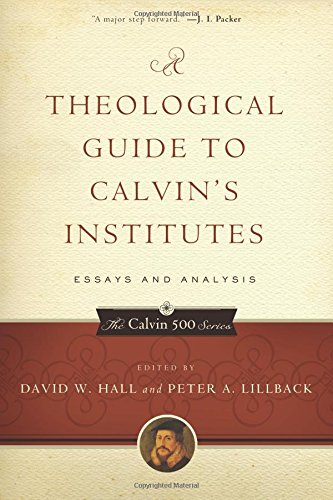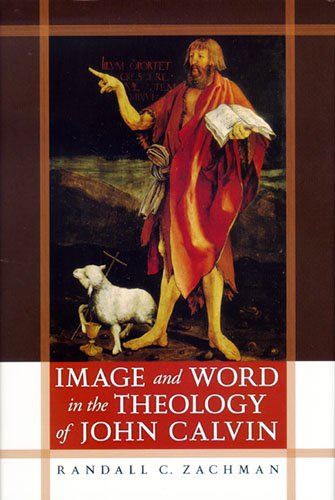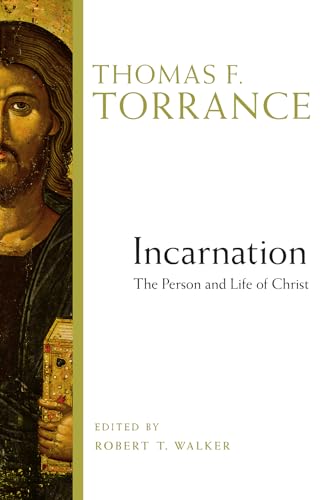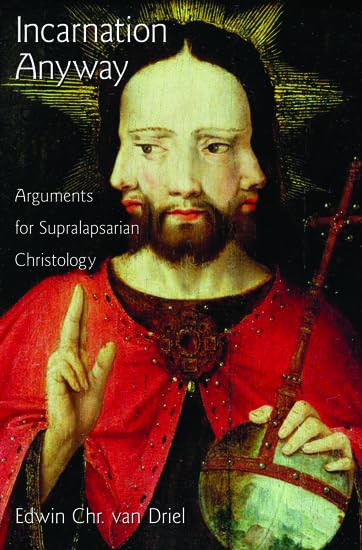Metavista: Bible, Church and Mission in an Age of Imagination
Written by Colin Greene and Martin Robinson Reviewed By Graham BeynonThis book describes the church and its mission in the anticipated cultural space that comes after post-modernity. Particular attention is given to the role of the Bible and the narrative of salvation history as the church re-imagines itself and its role in the task of what the authors call ‘radical cultural engagement’.
Part one overviews the frameworks and influence of modernity, post-modernity, and then the ‘meta-vista’—that is the authors’ term for the ‘space’ that they believe is emerging after post-modernism which remains somewhat vague. Within this metavista the new ‘rules of engagement’ proposed involve an interplay between the fiduciary frameworks of Michael Polanyi and the power of narrative in locating meaning and identity.
This is illustrated with the extended example of how the story of ‘disability’ has been overturned by a different, imaginative story, resulting in the empowerment of disabled people. It is contended that the church has been telling itself the wrong story—and now needs a new fiduciary framework so that it can re-articulate its own defining narrative. This is effectively an alliance between presuppositional apologetics (although that term is not used) and biblical theology, and there is insight and helpful analysis here.
Part two examines the role the Scriptures can and should play in re-imagining our story. There is an exceptionally crude straw-man argument against those who believe in inerrancy. There is also (to my mind) an over-acceptance of Wittgenstein’s limitations of language. However, the focus on the narrative story of the Scriptures is helpful, and this has indeed been undervalued in many circles.
Seeing how the narrative story applies to today is how I fear things come unstuck. N. T. Wright is criticised for his presentation of the Bible’s narrative because it allows us to live only in the reverberations of the Bible’s story—not re-enter it ourselves. This is the difference between narrative and history—‘narrative allows the contemporary reader to indwell the whole story, because each episode of the story is recapitulated, expropriated and reconfigured in the event of the reading and in the collision of the narrative with the context of the reader’ (p. 110–11).
This may sound rather like reader response theory, but the authors distance themselves from this, saying that they are talking about ‘emplotment’ of the reader. This seems to leave the question of truth up in the air. This is acknowledged and the answer we are given is that truth and meaning are intratextual issues, depending on the ‘reformulation (perichorsis or mutual indwelling) of story in the other and the recapitulation of the same plot density in each’ (p. 118). This is not explained further, and it seems to be an argument only for the coherence of the biblical narrative.
In presenting the Bible’s narrative the authors choose a four part story: creation, Israel, Jesus, and the church. These stories, we are told, are all unfinished and are retold and redrafted through the others and so invite our participation at every stage of the journey. While this approach clearly draws on the reworking of themes through Scripture, it seems to fail to appreciate both the historical particularity and the progression and final fulfilment to which Scripture itself attests. The result of these is that we do indeed live in the light of past events as Wright argues. I would also argue that within this presentation is a downplaying of the fall and a consequent focus of salvation being from the violence between humanity rather than in reconciliation to God (with its subsequent effects on our horizontal relationships).
The third section involves imagining how the church can and should operate as a missional community. There are insightful comments here both about culture today and some of the responses of the church such as the debate over the emerging church, which they suggest is still too interested in models of church life. The proposal is for the church to engage in ‘imagination around a missional matrix’ (p. 195). This matrix involves the individual elements of personal discipleship and mobilisation in the world and the communal elements of church community and engagement in society.
There are once again helpful and insightful comments about how the church can effectively achieve its aims within today’s culture and how it must critique some of its inherited assumptions such as how it views power. There are, however, clear signs of the hermeneutical ‘looseness’ of part 2 coming home to roost. Call me conservative, but there is a downplaying of propositional truth against that of narrative (rather than an appropriate relationship between these) and an associated view of ‘revelation’ that relies on the ‘collision’ of Scripture, tradition, and culture. Much of what is suggested in practice in terms of cultural engagement and alternative communities is right and needed, but I fear for the loss of biblical rootedness and the resulting priorities in belief and practice.
Graham Beynon
Graham Beynon is pastor of Grace Church in Cambridge, UK and director of independent ministry training at Oak Hill Theological College in London.
Other Articles in this Issue
Why are we talking about preaching with power? Because of what Christianity is...
In the mid-twentieth century, one could readily find informed Protestant observers acknowledging the Calvinist tradition’s major missionary contribution...
The summer of 2007 was the wettest in Britain since records began, registering over twice the usual amount of rainfall between May and July...
How Far Beyond Chicago? Assessing Recent Attempts to Reframe the Inerrancy Debate
by Jason S. SextonThe doctrine of inerrancy has been a watershed issue among evangelicals in the West, perhaps now more evident than ever...
Quite apart from commentaries and hermeneutical textbooks, books on the Bible—its nature and ultimately its authority—have been appearing with daunting frequency of late







